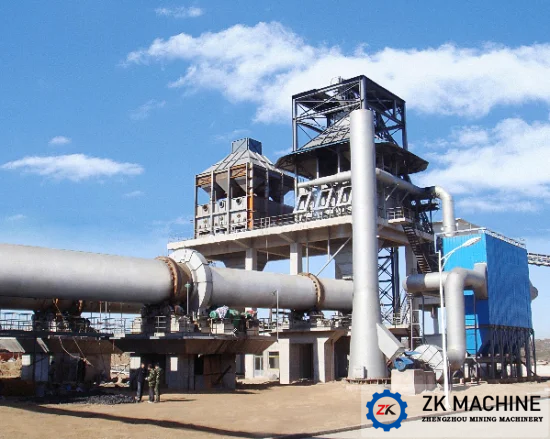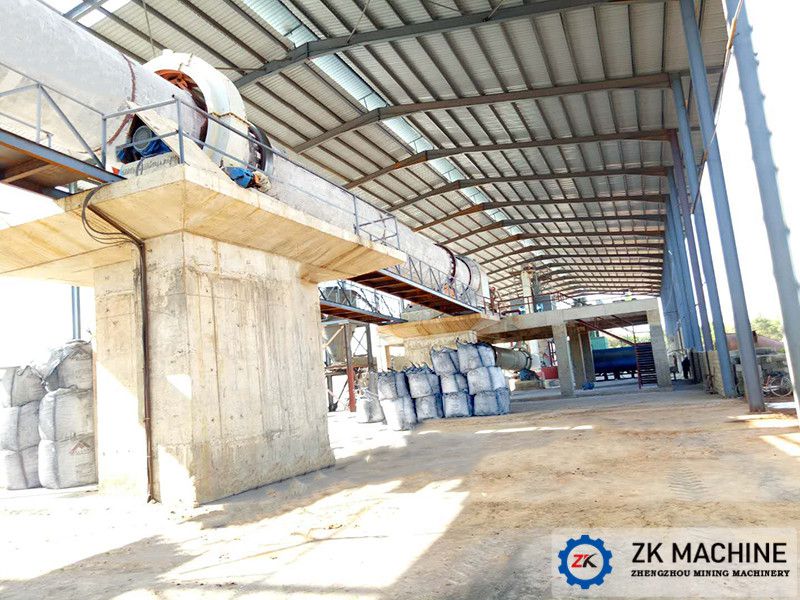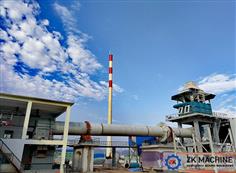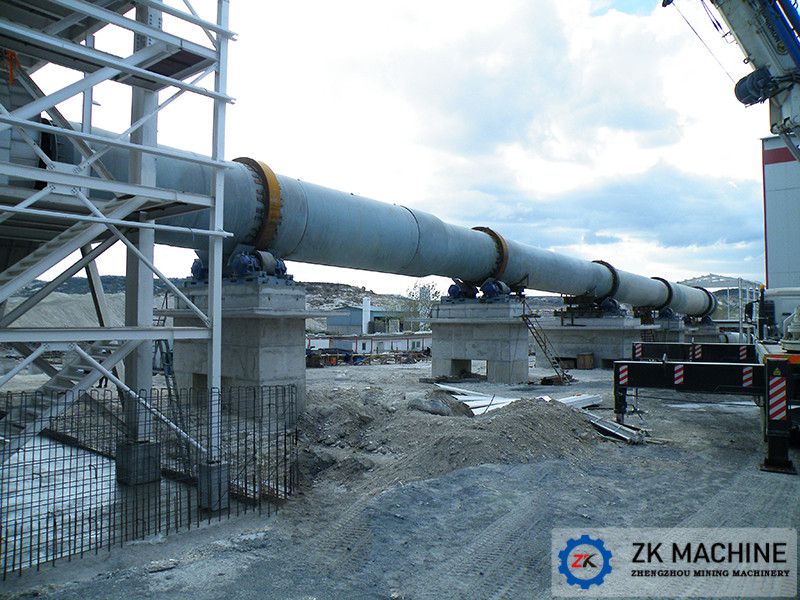① Light Burnt Magnesium Oxide
When magnesite is heated to above 640°C, it begins to decompose into magnesium oxide and carbon dioxide. When calcined at 100~1000C, carbon dioxide does not completely escape. The product is a powdery substance called light burnt magnesia (also called caustic magnesium, calcined magnesium, a.-magnesium). Its chemical activity is very strong, has a high degree of adhesiveness, easy to react with water to generate magnesium hydroxide.
② Dead Burned Magnesium Oxide
When calcined at 1400~1800°C, carbon dioxide completely escapes. Due to the occurrence of recrystallization and sintering, magnesium oxide forms a dense mass of periclase, which is called dead burned magnesia (hard burned magnesia, dead burned magnesia, β-magnesium) , This kind of heavy burned magnesia has high refractoriness.
③ Re-burned Magnesia
Re-burned magnesia is melted at 2500~3000°C, and after cooling and solidification, it develops into a perfect periclase crystal, called fused magnesia, called fused magnesia or molten magnesia. High-temperature calcined magnesia is not easy to mix with water Combination of carbonic acid has the characteristics of high hardness, strong chemical resistance and high resistivity.























